Home>Articles>How To Store Brushes Between Coats Of Polyurethane
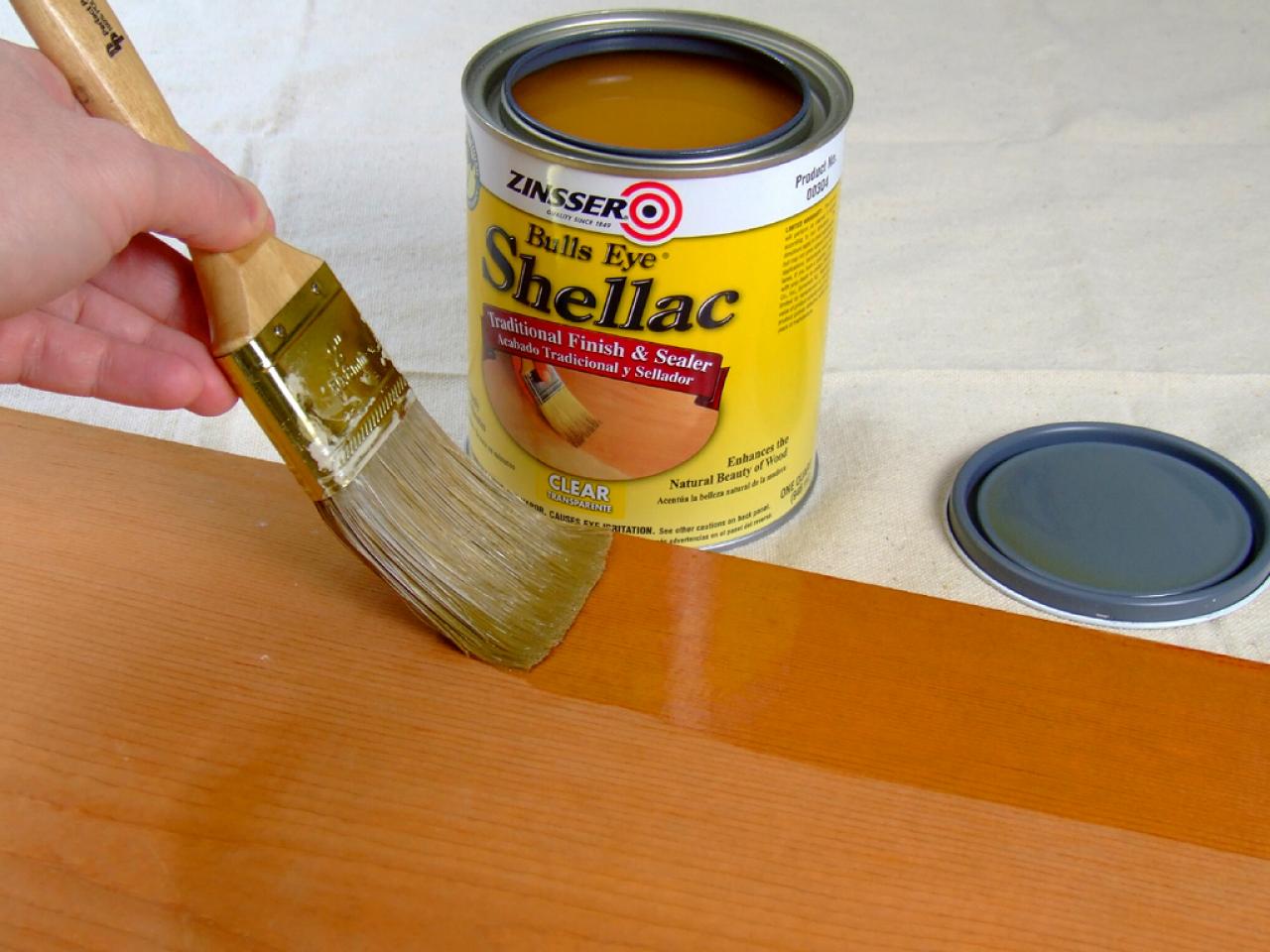

Articles
How To Store Brushes Between Coats Of Polyurethane
Modified: August 28, 2024
Learn the best method for storing your brushes between coats of polyurethane with this informative article. Avoid dried out brushes and save time on clean-up.
(Many of the links in this article redirect to a specific reviewed product. Your purchase of these products through affiliate links helps to generate commission for Storables.com, at no extra cost. Learn more)
Introduction
When it comes to applying multiple coats of polyurethane to a project, you may find that you need to take a break between each coat. Whether it’s due to time constraints or the need for the previous coat to dry completely, storing your brushes properly is crucial to ensuring they stay in good condition and are ready for use when you resume. In this article, we will discuss why it is important to store your brushes between coats of polyurethane and provide you with several methods for doing so effectively.
Storing your brushes properly between coats not only saves you time but also extends the life of your brushes. Leaving them exposed to air and allowing the polyurethane to dry on the bristles can cause them to become stiff and unusable. Additionally, it can be frustrating to have to clean, or worse, replace brushes that have been improperly stored.
By following the methods outlined in this article, you can ensure that your brushes remain in top condition and ready for use whenever you need them, saving you time, money, and frustration in the long run.
Key Takeaways:
- Properly storing brushes between coats of polyurethane is crucial for maintaining their usability, achieving a smooth finish, and preventing contamination, ultimately saving time, money, and frustration.
- Choosing the right storage method, such as plastic wrap, brush keepers, mineral spirits, or hanging brushes, is essential for preserving the quality of brushes and ensuring flawless results with each application of polyurethane.
Why Store Brushes Between Coats?
You may be wondering why it’s necessary to store your brushes between coats of polyurethane. After all, can’t you simply leave them in the open air until you’re ready to apply the next coat? While this may seem like a convenient option, it can actually have negative consequences for both the brushes and the quality of your finish.
One of the main reasons to store brushes between coats is to prevent the polyurethane from drying on the bristles. When polyurethane dries, it can create a hard, plastic-like coating that is difficult to remove. If this happens on your brushes, it can render them useless for future projects.
Additionally, storing brushes improperly can lead to bristle splaying or clumping together. This can result in an uneven application of the polyurethane and a subpar finish. By properly storing your brushes, you can maintain the shape and integrity of the bristles, ensuring a smooth and even application of each coat.
Furthermore, storing your brushes between coats helps to prevent contamination. Dust, debris, and other particles can settle on exposed brushes, which can be transferred to the next coat of polyurethane. This can result in a bumpy or textured finish that is in stark contrast to the smooth, glossy look you desire.
Lastly, proper brush storage allows you to take breaks between coats without sacrificing the quality of your finish. Whether you need to wait for the previous coat to dry completely or you simply have limited time to work on your project, storing your brushes properly ensures that they stay in optimal condition until you’re ready to resume.
Overall, storing your brushes between coats of polyurethane is essential for maintaining their usability, achieving a smooth finish, preventing contamination, and allowing for breaks in your project. By taking the time to store your brushes properly, you can ensure that each coat of polyurethane is applied with precision and care, resulting in a stunning final result.
Choosing the Right Storage Method
Now that we understand the importance of storing brushes between coats of polyurethane, let’s explore some effective methods for doing so. Each method has its own advantages, so you can choose the one that best suits your preferences and needs.
1. Wrapping in Plastic Wrap: This method involves wrapping the brush tightly in plastic wrap to prevent air exposure. It’s a simple and cost-effective solution, as plastic wrap is readily available in most households. Just make sure to wrap the bristles carefully to maintain their shape and prevent any polyurethane from seeping out.
2. Using a Brush Keeper: Brush keepers are plastic containers specifically designed to store brushes. They come with a lid that forms an airtight seal, protecting the brushes from air and dust. This method is convenient, as it allows you to store brushes without having to wrap them individually. Brush keepers are also reusable and provide added protection for your brushes.
3. Submersion in Mineral Spirits: If you anticipate a longer break between coats, submerging your brushes in mineral spirits can keep them in excellent condition. Mineral spirits will prevent the polyurethane from drying on the bristles, keeping them soft and pliable. Just make sure to clean the brushes thoroughly before using them again, as the mineral spirits can leave residue on the bristles.
4. Hanging Brushes: Hanging your brushes is another effective storage method. Using hooks or clips, hang the brushes upside down in a well-ventilated area, away from dust and debris. This allows the polyurethane to drip off the bristles, preventing the bristles from becoming stiff. However, make sure not to hang the brushes too close to each other, as it can lead to bristle splaying.
When choosing a storage method, consider the length of the break between coats, the condition of your brushes, and the availability of materials. Experiment with different methods to find the one that works best for you.
Remember, proper brush storage is essential to maintaining the integrity of your brushes and achieving a professional finish. Take the time to store your brushes correctly, and you’ll be rewarded with brushes that are ready to use and produce flawless results.
Brush Cleaning and Preparation
Before storing your brushes between coats of polyurethane, it’s important to clean and prepare them properly. This ensures that any residue or excess polyurethane is removed, allowing you to start with a fresh brush when you’re ready to apply the next coat.
Here are the steps for cleaning and preparing your brushes:
1. Remove Excess Polyurethane: Use a scraper or putty knife to gently scrape off any excess polyurethane from the bristles. Be careful not to apply too much pressure, as you don’t want to damage the bristles. This step is optional if you plan to clean the brushes thoroughly later.
2. Rinse with Mineral Spirits: If you’re using oil-based polyurethane, rinse the brushes with mineral spirits. This will help to dissolve and remove the polyurethane from the bristles. Swirl the brushes in a container filled with mineral spirits, and then squeeze and reshape the bristles to remove any residual polyurethane.
3. Clean with Soap and Water: For water-based polyurethane, clean the brushes with a mixture of warm water and mild soap. Gently swirl the brushes in the soapy water, working the bristles to loosen and remove the polyurethane. Rinse the brushes thoroughly, ensuring all soap residue is removed.
4. Dry the Brushes: After cleaning, shake off any excess water and use a clean cloth or towel to pat dry the brushes. It’s important to remove as much moisture as possible to prevent mold or mildew growth. Alternatively, you can use a brush spinner to quickly and efficiently remove water from the bristles.
Once your brushes are clean and dry, you can proceed with storing them using the method of your choice. Properly preparing your brushes before storage helps to maintain the quality of the bristles and ensures that you start with a fresh brush for each application of polyurethane.
Remember, regular cleaning and maintenance of your brushes is also important for their longevity. Avoid leaving brushes with dried polyurethane for an extended period, as it can be more challenging to clean them effectively. Taking care of your brushes will not only save you time and money but also help you achieve professional-looking results with each project.
Method 1: Wrapping in Plastic Wrap
Wrapping your brushes in plastic wrap is a simple yet effective method for storing them between coats of polyurethane. This method helps to prevent air exposure, keeping the polyurethane from drying and hardening on the bristles.
Here’s how to store brushes by wrapping them in plastic wrap:
1. Clean and Prepare the Brushes: Before wrapping, make sure your brushes are clean and free from excess polyurethane. Follow the brush cleaning and preparation steps outlined earlier to ensure your brushes are in optimal condition.
2. Lay Out Plastic Wrap: Cut a piece of plastic wrap large enough to wrap around the bristles of the brush. Lay it out flat on a clean surface.
3. Wrap the Brush: Position the brush in the center of the plastic wrap, with the bristles facing up. Wrap the plastic wrap around the bristles, ensuring they are fully covered. Gently twist the ends of the plastic wrap to tighten the wrap, securing it in place.
4. Seal the Brush: If desired, you can use a rubber band or twist tie to secure the plastic wrap further and prevent it from unwrapping. Just make sure not to wrap it too tightly, as you don’t want to damage the bristles.
5. Repeat for Each Brush: Repeat the wrapping process for each brush you need to store. Make sure to wrap each brush individually to prevent them from touching and potentially damaging each other.
6. Store the Brushes: Once wrapped, store the brushes in a clean and dry area, away from dust and debris. You can place them in a brush holder or container to keep them organized and protected.
When you’re ready to use the brushes again, simply unwrap them and proceed with your next coat of polyurethane. Depending on the length of the break between coats, you may need to clean the brush before use if there is any dried polyurethane residue.
Using plastic wrap to store brushes is a budget-friendly and convenient method that helps to preserve the quality of your brushes between coats. It ensures that your brushes are ready for the next application and saves you from the hassle of dealing with hardened bristles or having to purchase new brushes.
After applying polyurethane, wrap brushes tightly in plastic wrap or aluminum foil to prevent them from drying out between coats. This will keep the brushes ready for the next application without the need for cleaning.
Method 2: Using a Brush Keeper
If you’re looking for a convenient and reusable option for storing your brushes between coats of polyurethane, a brush keeper is an excellent choice. Brush keepers are specially designed containers that provide airtight storage, protecting your brushes from air exposure and keeping them in optimal condition.
Here’s how to use a brush keeper to store your brushes:
1. Clean and Prepare the Brushes: Before placing them in the brush keeper, make sure your brushes are clean and free from any residual polyurethane. Follow the brush cleaning and preparation steps mentioned earlier to ensure your brushes are thoroughly cleaned.
2. Open the Brush Keeper: Remove the lid or unlock the brush keeper to open it. Most brush keepers consist of two halves that fit together tightly, creating an airtight seal when closed.
3. Arrange the Brushes: Carefully place the brushes into the brush keeper, ensuring that the bristles are facing up and not touching the sides or each other. You can store multiple brushes in the brush keeper, but make sure they have enough space to prevent damage to the bristles.
4. Close and Seal the Brush Keeper: Once all the brushes are inside the brush keeper, close the lid tightly. Ensure that it forms a secure and airtight seal. This prevents air and dust from reaching the brushes, keeping them in pristine condition.
5. Store the Brush Keeper: Place the brush keeper in a clean and dry area, away from direct sunlight and extreme temperatures. Ensure that it is stored upright to prevent any potential leakage or damage.
6. Retrieve Brushes for Use: When you’re ready to resume your project, open the brush keeper and remove the desired brush. It will be clean, protected, and ready for immediate use. If there is any dried polyurethane residue on the brush, you may need to clean it before applying the next coat.
Using a brush keeper not only provides excellent protection for your brushes but also helps to keep them organized and easily accessible. The airtight seal ensures that the brushes stay in optimal condition, allowing you to achieve a smooth and flawless finish with each coat of polyurethane.
Investing in a high-quality brush keeper is a worthwhile choice for anyone who frequently works with polyurethane or other types of paint. It not only saves you the time and effort of wrapping brushes individually but also helps to extend the lifespan of your brushes, saving you money in the long run.
Method 3: Submersion in Mineral Spirits
If you anticipate a longer break between coats of polyurethane, submerging your brushes in mineral spirits can be an effective method to store and protect them. Mineral spirits act as a solvent, helping to keep the polyurethane from drying on the bristles and maintaining their flexibility.
Here’s how to store brushes by submerging them in mineral spirits:
1. Clean the Brushes: Before submerging, ensure that your brushes are thoroughly cleaned and free from any residual polyurethane. Follow the brush cleaning and preparation steps outlined earlier to prepare the brushes for storage.
2. Choose a Suitable Container: Select a container that is large enough to accommodate your brushes while allowing them to be fully submerged in the mineral spirits. It’s best to use a container with a tight-fitting lid to prevent any evaporation.
3. Pour Mineral Spirits into the Container: Fill the container with enough mineral spirits to fully cover the bristles of the brushes. The mineral spirits will help to keep the bristles soft and prevent the polyurethane from drying and hardening.
4. Submerge the Brushes: Place the clean brushes into the container, ensuring that the bristles are fully submerged in the mineral spirits. Gently swirl the brushes in the mineral spirits to remove any air bubbles that may be trapped in the bristles.
5. Secure the Container: Once the brushes are submerged, securely close the container with the lid to prevent any mineral spirits from evaporating. This ensures that the brushes are continuously protected and maintained in the mineral spirits.
6. Remove and Clean Brushes Before Use: When you’re ready to resume your project, remove the brushes from the mineral spirits and allow any excess liquid to drip off. Clean the brushes thoroughly with soap and water or the appropriate cleaning agent to remove any residual mineral spirits before applying the next coat of polyurethane.
Submerging your brushes in mineral spirits is an effective method to keep them soft and pliable during extended breaks between coats. The mineral spirits act as a preserving agent, preventing the polyurethane from drying and hardening on the bristles, ensuring that your brushes are ready for use when you need them.
It is important to note that using this method requires extra care and attention when handling and disposing of mineral spirits. Follow all safety guidelines and local regulations to ensure safe usage and disposal.
By submerging your brushes in mineral spirits, you can have peace of mind knowing that they are protected and maintained, allowing you to achieve professional results with each application of polyurethane.
Method 4: Hanging Brushes
Hanging your brushes is another effective method for storing them between coats of polyurethane. By hanging the brushes, you allow any excess polyurethane to drip off the bristles, preventing them from becoming stiff and unusable.
Here’s how to store brushes by hanging them:
1. Clean and Prepare the Brushes: Before hanging, ensure that your brushes are thoroughly cleaned and free from any residual polyurethane. Follow the brush cleaning and preparation steps mentioned earlier to prepare the brushes for storage.
2. Choose a Suitable Location: Select a well-ventilated area where you can hang your brushes. It’s important to choose a location away from dust, debris, and potential contact with other objects.
3. Hang Brushes Upside Down: Using hooks, clips, or a brush rack, hang the brushes upside down. This allows any excess polyurethane to naturally drip off the bristles and prevents them from drying in an unnatural position.
4. Ensure Adequate Space: Make sure there is enough space between each brush to prevent the bristles from touching and potentially causing damage or splaying. It’s essential to maintain the shape and integrity of the bristles during storage.
5. Allow Proper Air Circulation: Ensure that there is adequate air circulation around the hanging brushes. This helps in the drying process and prevents any moisture buildup, which can lead to mold or mildew on the bristles.
6. Store Brushes in a Clean Area: It’s important to store the hanging brushes in a clean and dry area to avoid any contamination. This can be a designated brush holder, a pegboard, or any other suitable storage solution.
When you’re ready to use the brushes again, simply remove them from the hanging position and proceed with the next coat of polyurethane. If there is any dried polyurethane residue on the brushes, you may need to clean them before applying the next coat.
Hanging your brushes provides a convenient and space-saving method of storage. By allowing the excess polyurethane to drip off, you can maintain the quality and flexibility of the bristles, ensuring that your brushes are ready for use whenever you need them.
Remember to periodically inspect your hanging brushes for any signs of damage or wear. If you notice any issues, promptly address them to maintain the performance and longevity of your brushes.
By implementing this method, you can effectively store your brushes between coats of polyurethane while preserving their quality and ensuring consistent, professional finishes for your projects.
Conclusion
Storing your brushes properly between coats of polyurethane is essential to maintaining their usability and achieving a high-quality finish. By following the methods outlined in this article, you can ensure that your brushes stay in optimal condition and are ready for use whenever you need them.
Whether you choose to wrap your brushes in plastic wrap, use a brush keeper, submerge them in mineral spirits, or hang them, each method offers unique advantages for maintaining the integrity of the bristles and protecting them from air exposure and contamination.
Remember to clean and prepare your brushes before storing them, ensuring that any excess polyurethane is removed. This will help to maintain the quality of the bristles and prevent the polyurethane from drying, which can render the brushes stiff and unusable.
Choose a storage method that suits your preferences and the length of the break between coats. Plastic wrap provides a budget-friendly option, while a brush keeper offers convenience and reusability. Submerging brushes in mineral spirits is ideal for longer breaks, and hanging brushes allows any excess polyurethane to drip off.
Regardless of the method you choose, make sure to store your brushes in a clean and dry area, away from dust, debris, and extreme temperatures. This will further contribute to keeping your brushes in optimal condition.
By properly storing your brushes between coats of polyurethane, you can save time, money, and frustration. Your brushes will stay in excellent condition, ready to deliver precise and flawless results with each application of polyurethane.
Remember that taking care of your brushes extends their lifespan and ensures consistent performance. Regular cleaning, maintenance, and proper storage contribute to the longevity of your brushes, allowing you to enjoy their functionality project after project.
So, don’t overlook the importance of storing your brushes between coats of polyurethane. By giving them the care and attention they deserve, you can elevate the quality of your work and achieve professional-looking finishes every time.
Now that you've mastered storing brushes for polyurethane projects, why not tackle another DIY task? Our next guide walks you through revamping ceiling fans with fresh paint, delivering practical painting tips to transform an outdated fan into a stylish fixture. Whether you're a seasoned DIYer or just starting, these step-by-step instructions make painting ceiling fans straightforward and fuss-free.
Frequently Asked Questions about How To Store Brushes Between Coats Of Polyurethane
Was this page helpful?
At Storables.com, we guarantee accurate and reliable information. Our content, validated by Expert Board Contributors, is crafted following stringent Editorial Policies. We're committed to providing you with well-researched, expert-backed insights for all your informational needs.
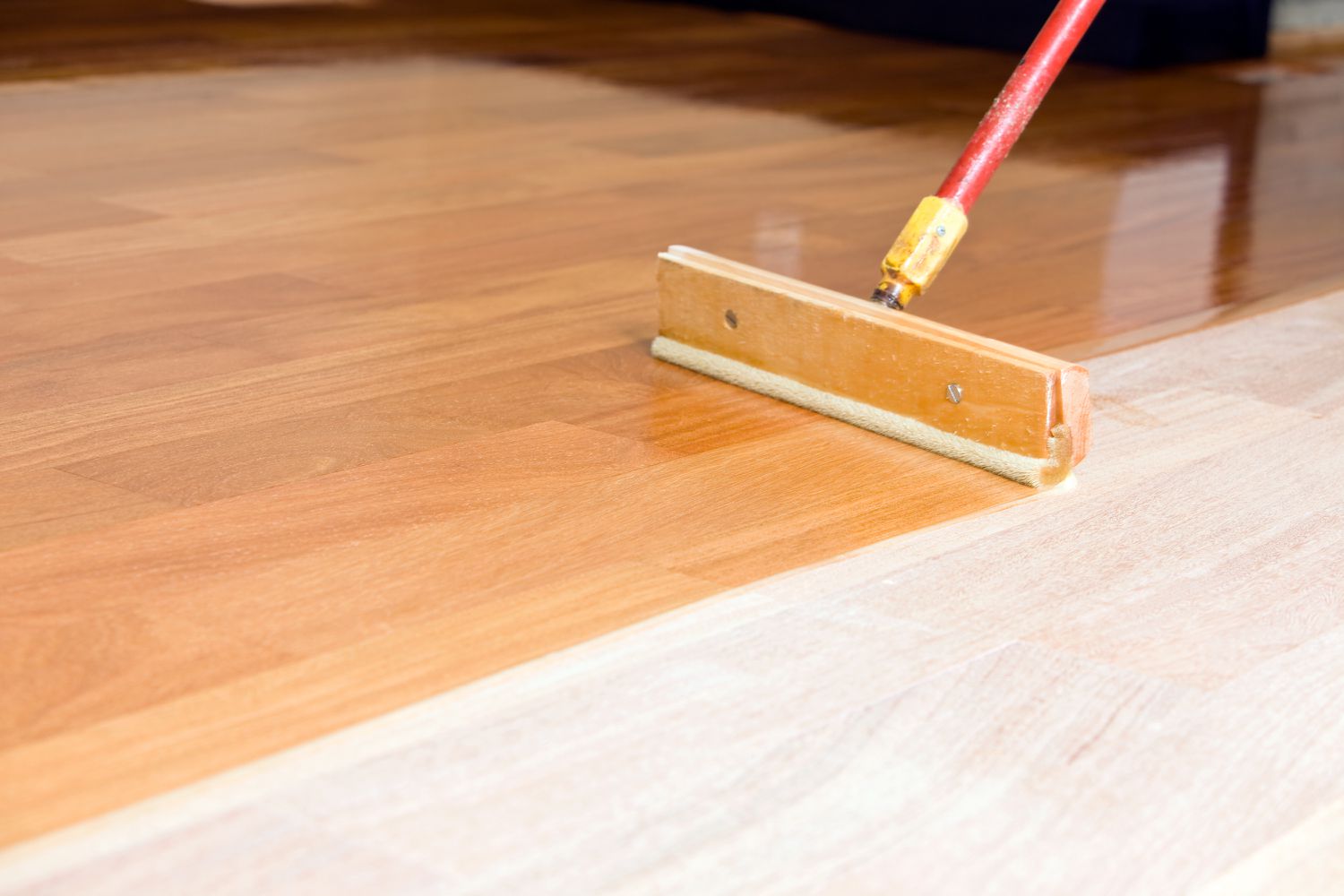
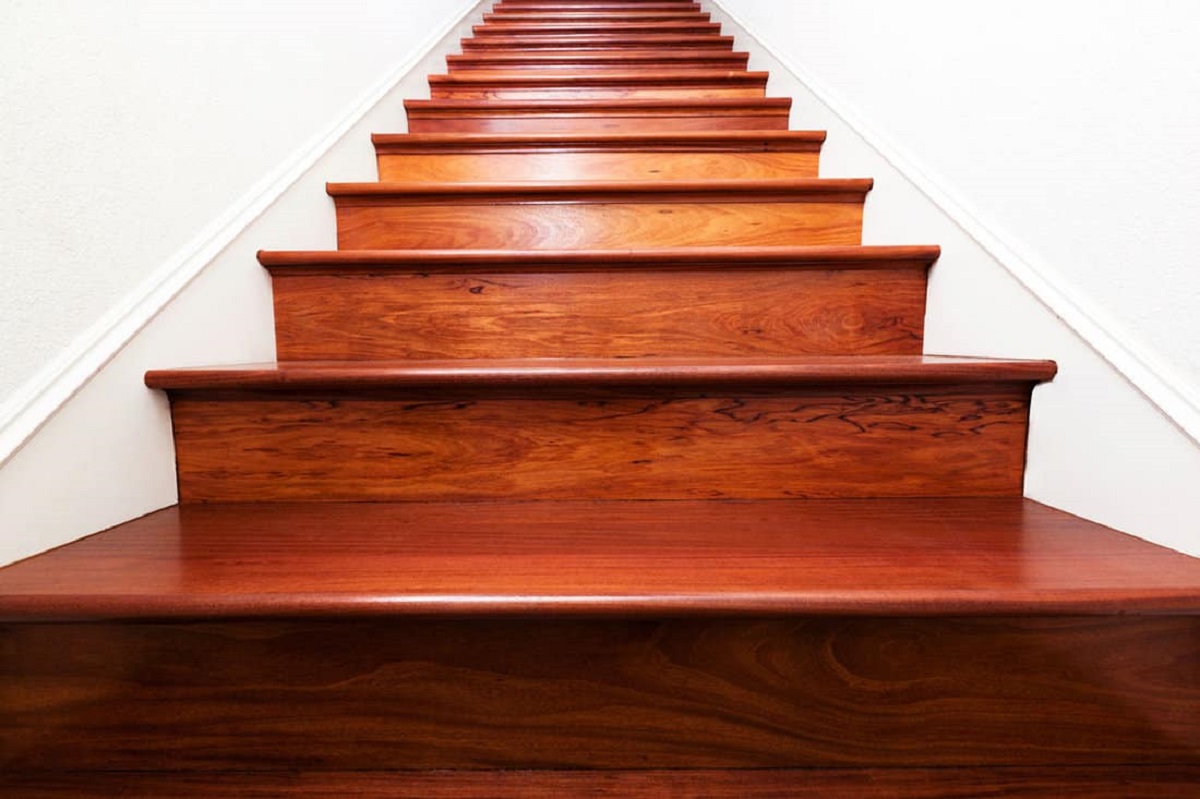
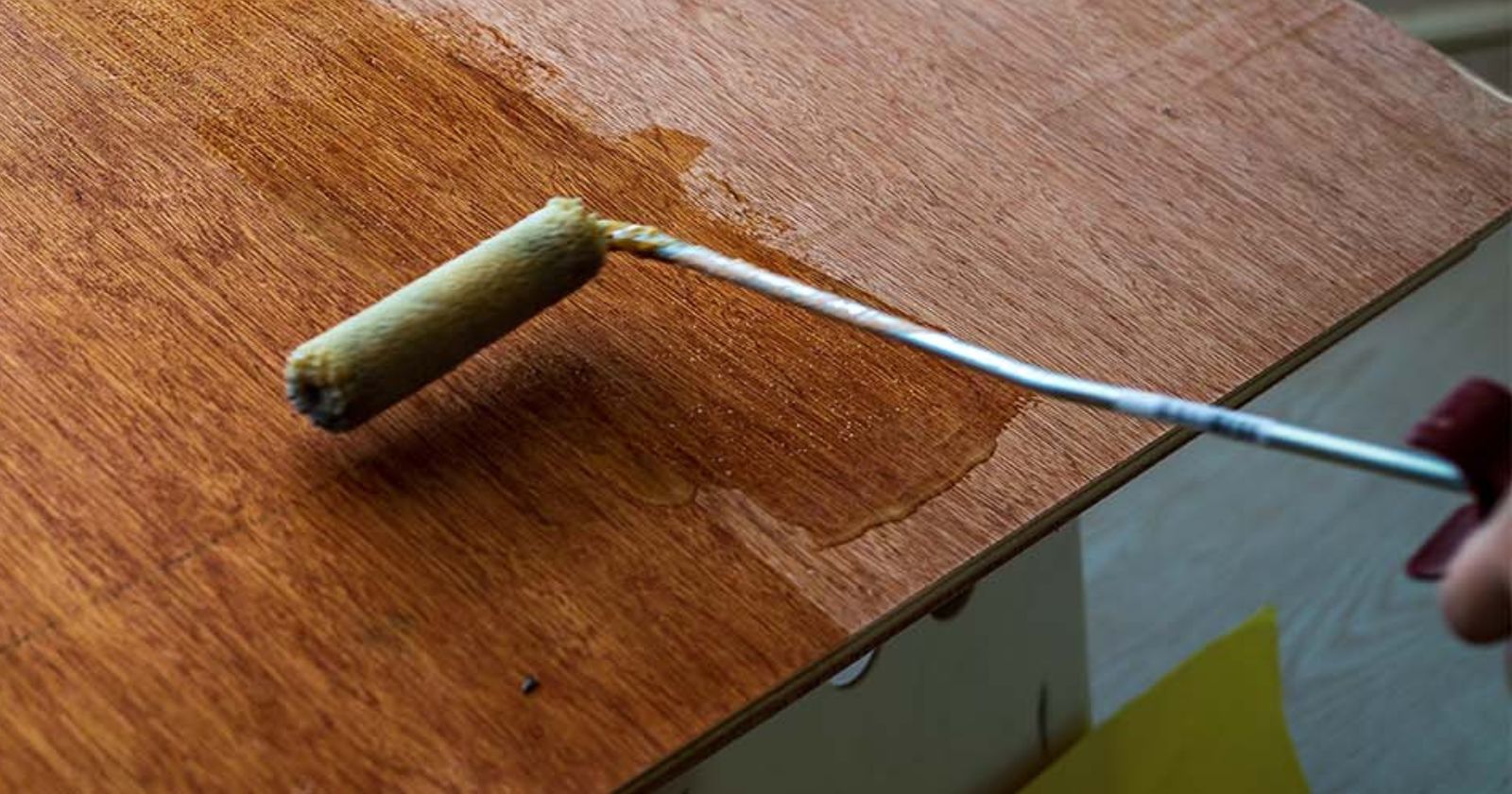
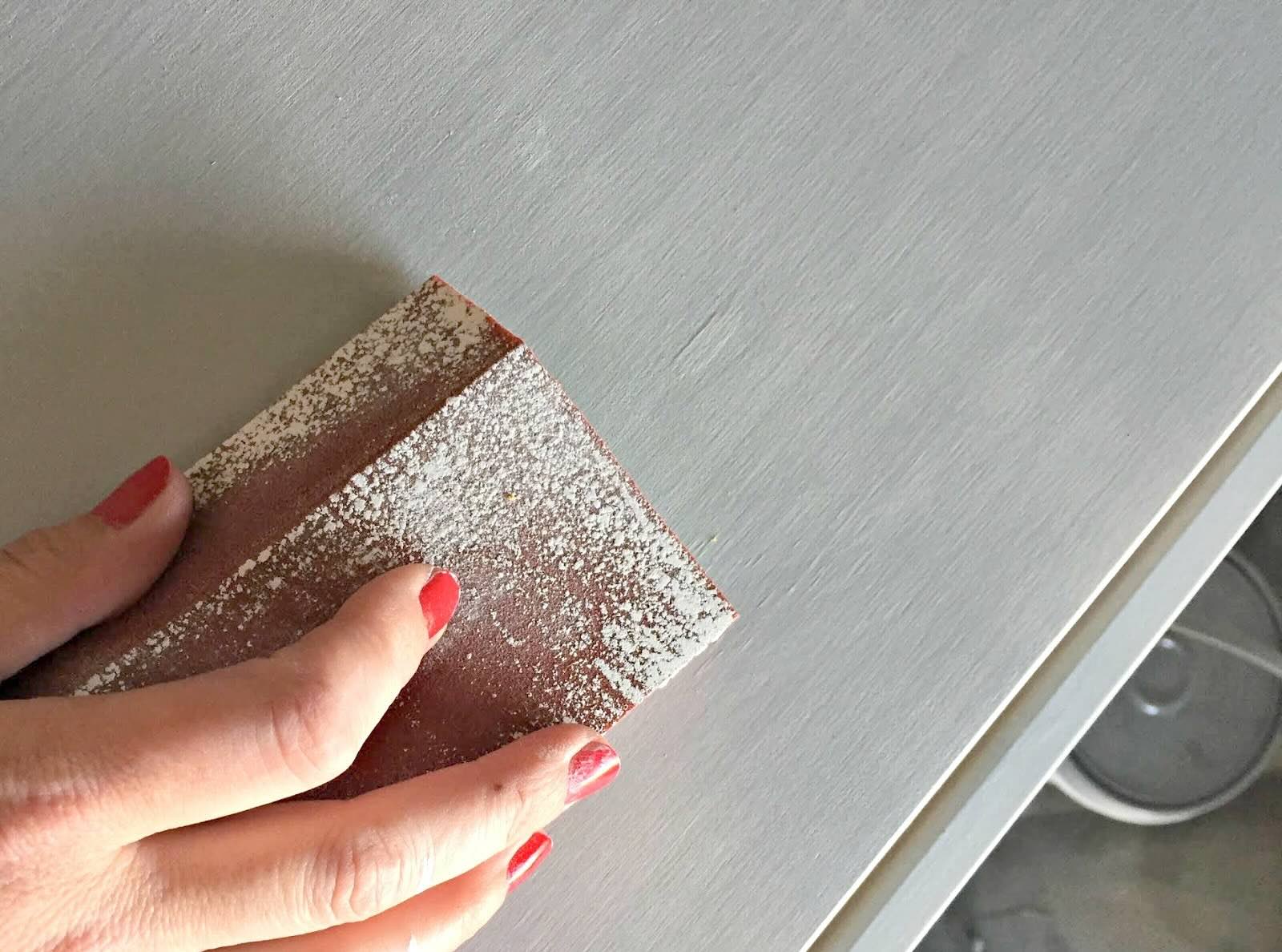

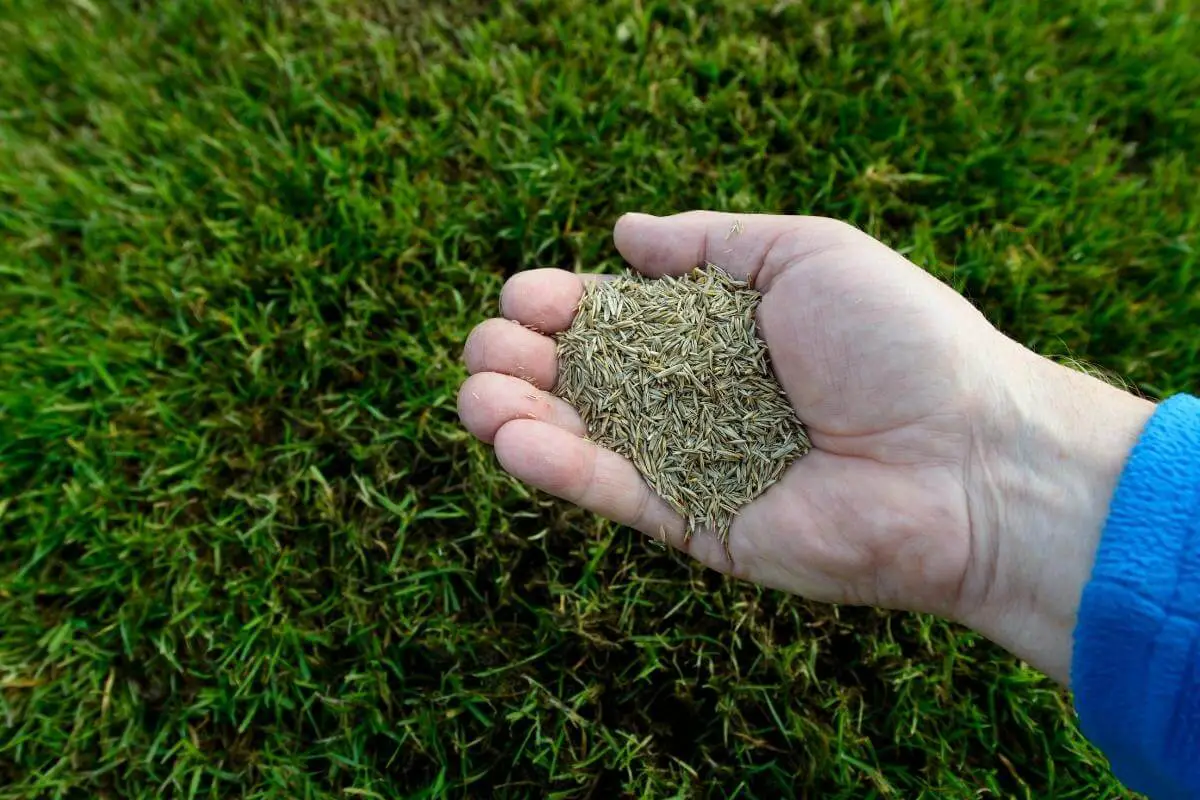

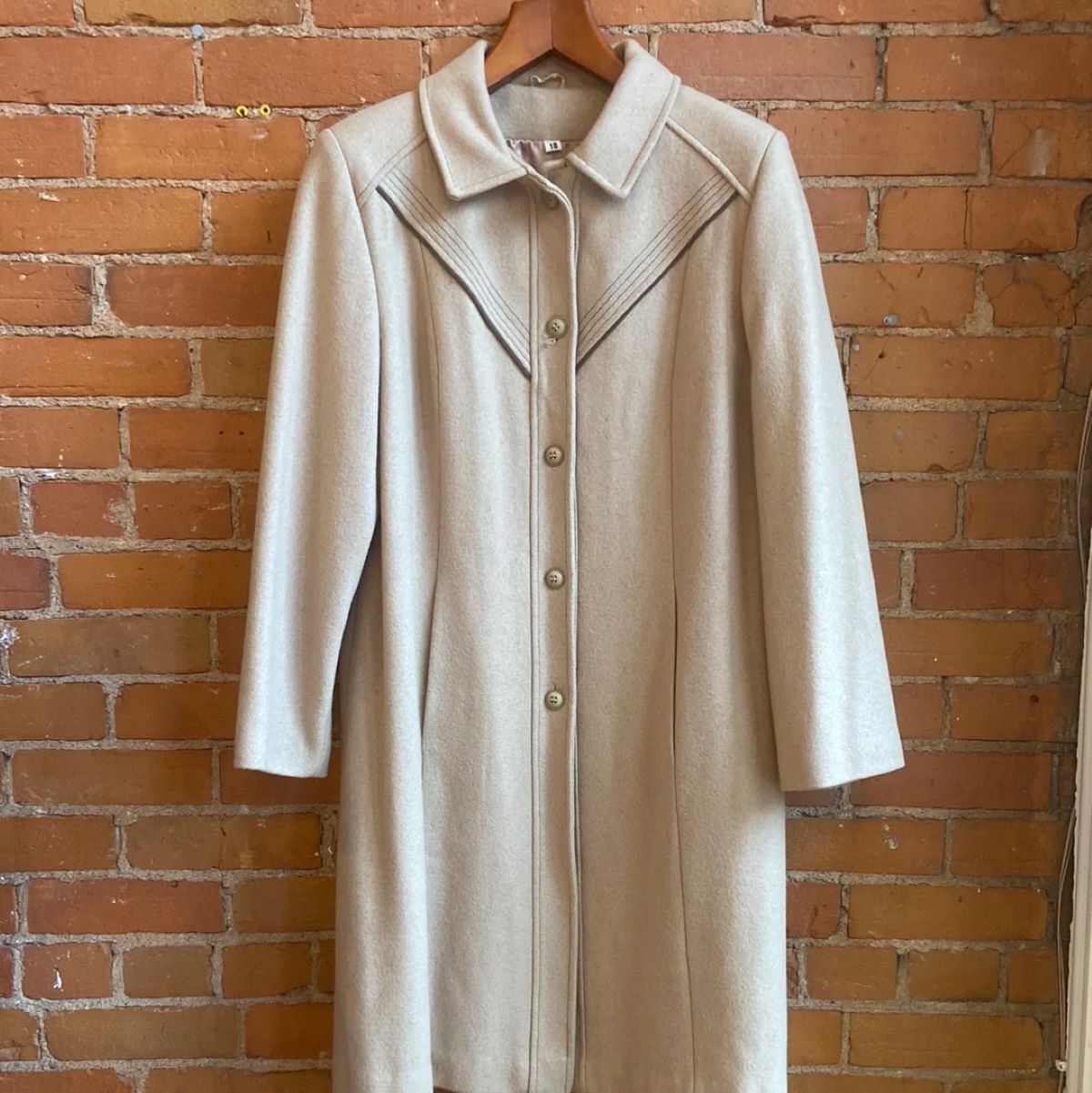

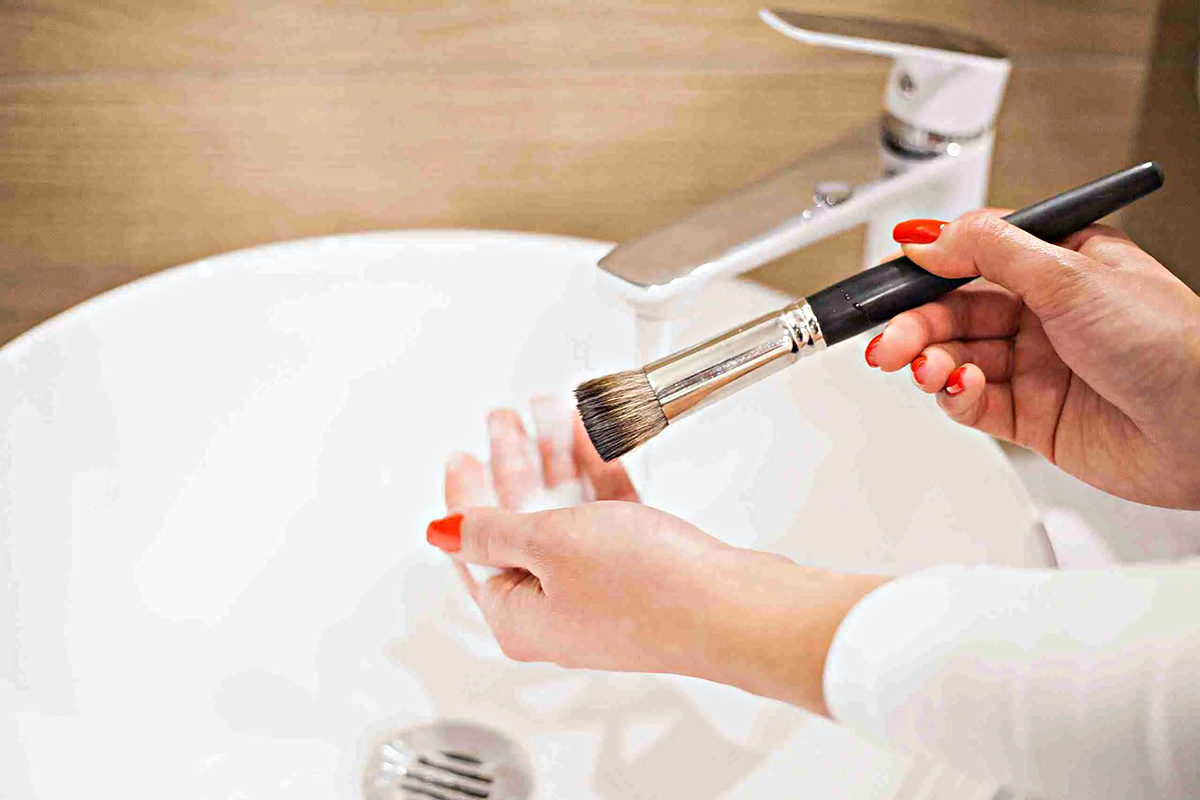

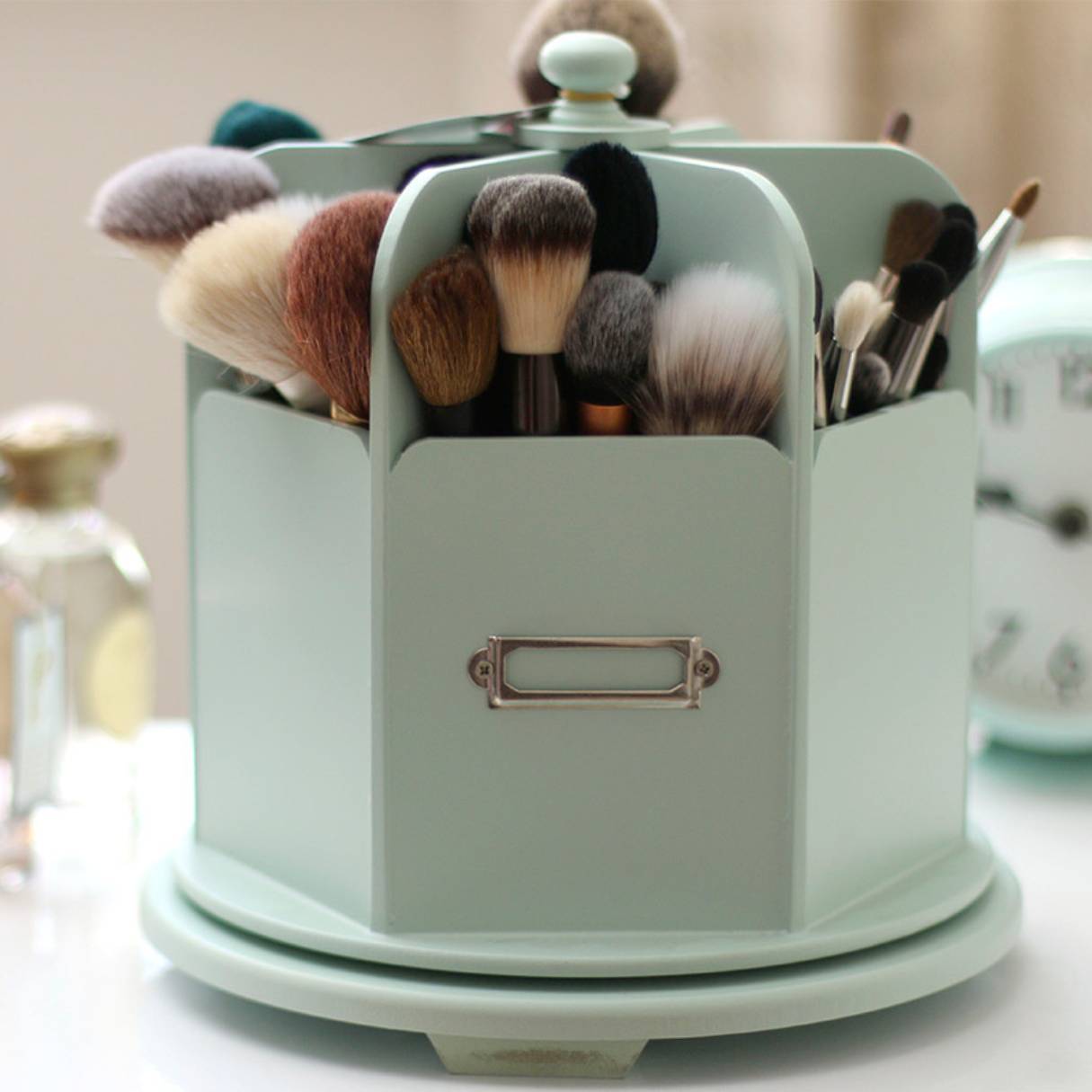
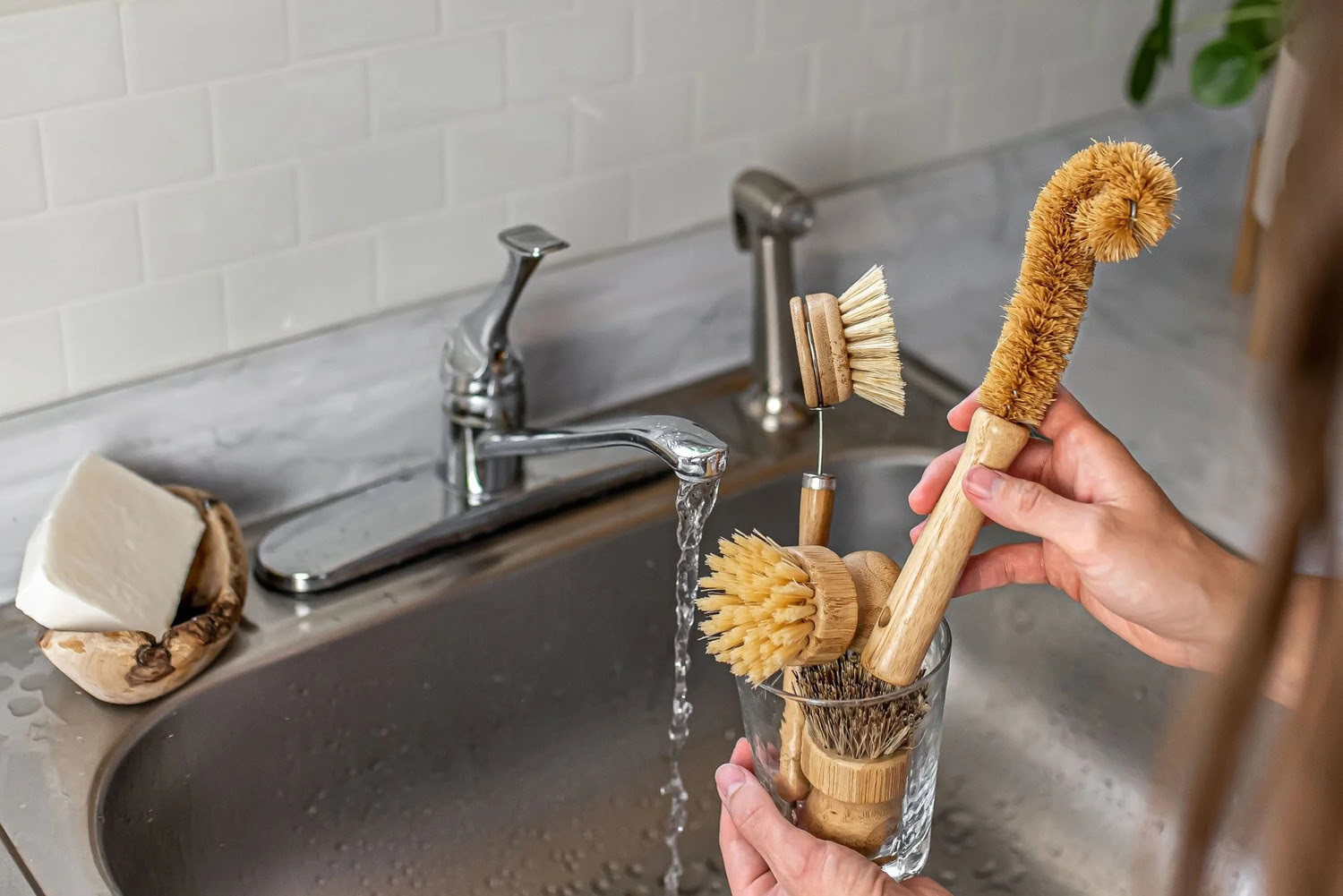
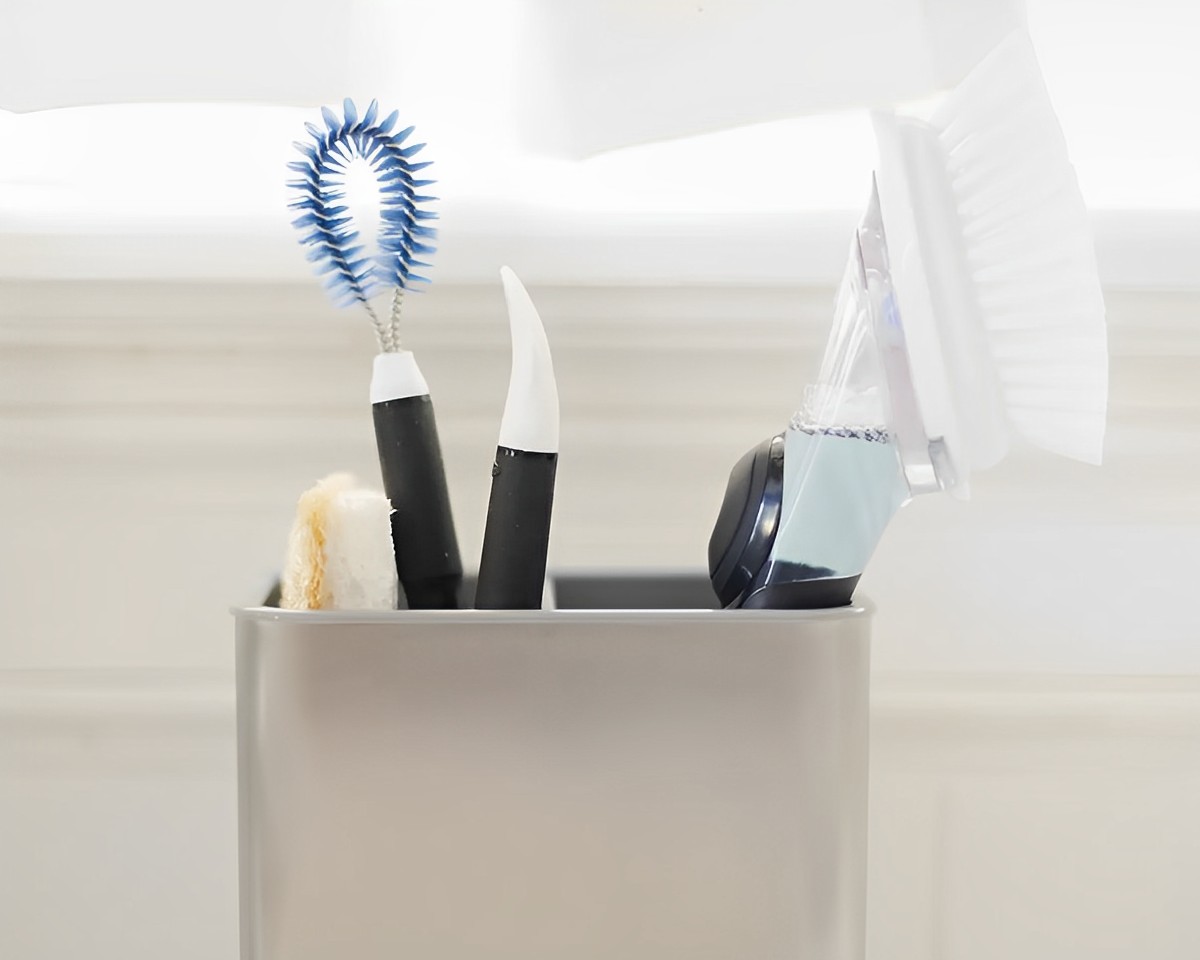

0 thoughts on “How To Store Brushes Between Coats Of Polyurethane”